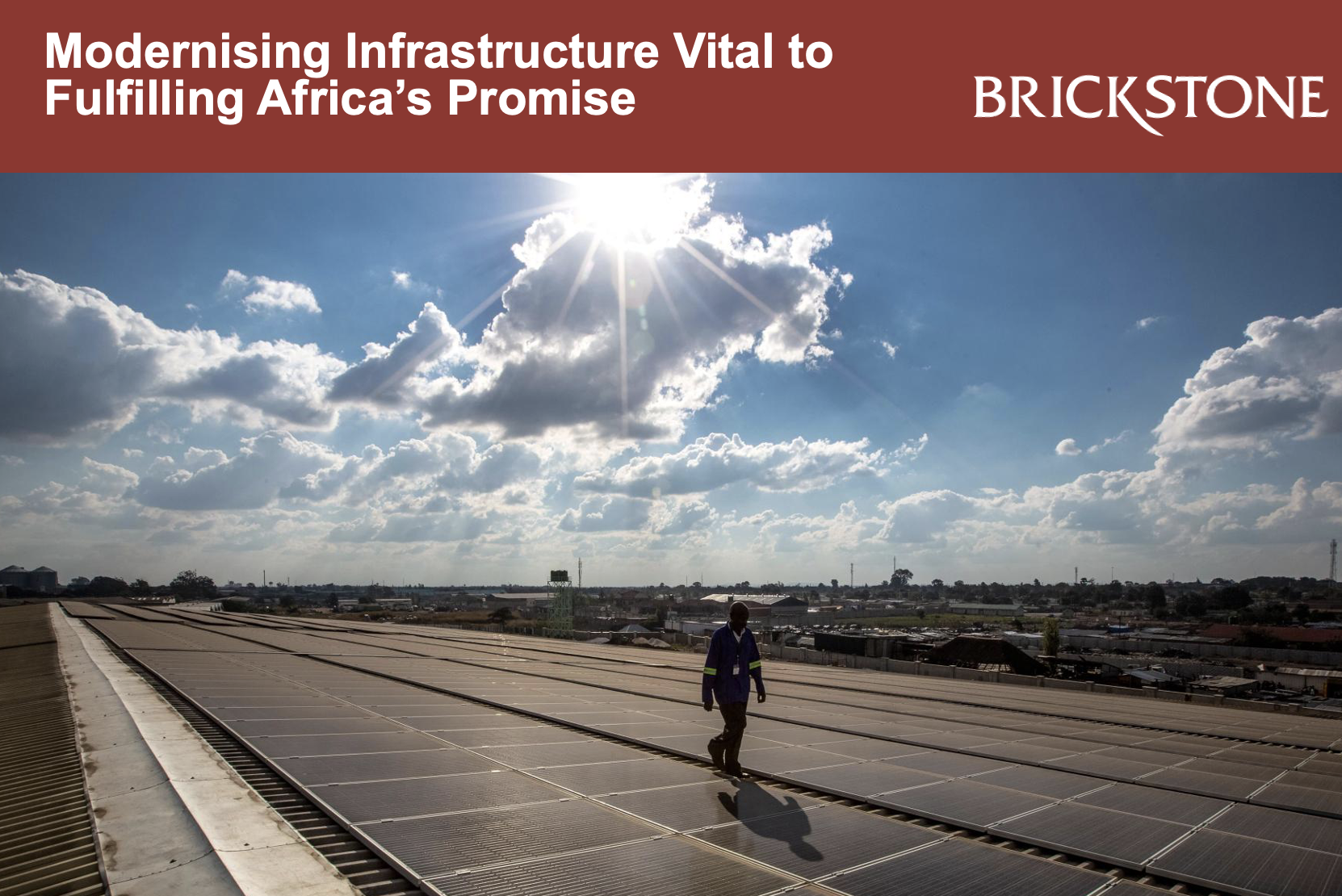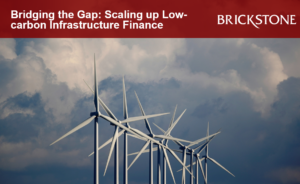Modernising Infrastructure Vital to Fulfilling Africa’s Promise
The continent of Africa is full of hope and potential, with abundant natural resources and a young, dynamic population, capable of driving an unprecedented increase in productivity, and inclusive growth. However, its rise is being hobbled by significant challenges or factors such as low standard of education, political instability, climate change, poor governance, and poor infrastructure development.
With poor infrastructure development at the core of these hurdles, the continent is currently faced with an enormous infrastructure investment gap, estimated at about $68 billion to $108 billion per year. Without the adoption of effective and collaborative measures towards ensuring adequate and quality infrastructure in all African countries, sustainable economic growth and social development would be impossible.
This article by Brickstone Africa reviews Business Day’s publication on modernising infrastructure towards realising the continent’s full potential.
Modernising Infrastructure Development in Africa
According to Business Day, Africa’s demographic growth and economic transformation have created an essential task in the continent’s public agenda: accelerating and scaling up infrastructure development. In the past, infrastructure investments have accounted for more than half the continent’s economic growth, increases in productivity, improvement in human development, and reduction of poverty, according to the African Development Bank, proving that infrastructure investments are necessary for Africa to sustain its growth. The World Bank argues that the poor state of African infrastructure constraints economic growth by two percent every year and cuts productivity by as much as 40 percent.
Poor and inadequate infrastructure remains a major obstacle towards Africa achieving its full economic growth potential. Estimated at about $68 billion to $108 billion per year, financing Africa’s infrastructure gap will require public-private partnership, collaboration, and innovative solutions.
Africa has a vast infrastructure deficit, especially in the sub-Saharan region. Therefore the principal question remains: How can Africa tackle the infrastructure gap? One of the continent’s main challenges to developing infrastructure investments is the fact that many African governments are faced with rising debt-to-GDP ratios, which will limit sovereign spending on infrastructure in the coming years.
The countries with the highest debt-to-GDP ratios in the region include Eritrea (175 per cent), Cabo Verde (160 per cent), Mozambique (133 per cent), Angola (103 per cent), Mauritius (101 per cent), Zambia (101 per cent), Republic of Congo (85 per cent), and Ghana (83 per cent). A prominent example is sub-Saharan Africa, which will have a debt-to-GDP ratio of over 50 per cent in 2020. Thus, funding is a key challenge for infrastructure projects, which have typically been financed by African governments and constrained by budgetary restrictions. Local banks and financial institutions are not able fund these projects fully, creating the need to diversify sources of funding and boosting public-private partnerships.
Five African countries accounted for more than 50 per cent of all successful PPP activity from 2008 to 2018: South Africa, Morocco, Nigeria, Egypt, and Ghana. Several other countries have multiple PPPs underway. Burkina Faso has 20, and Botswana, 8.
Luckily, funding opportunities are on the horizon. Investors, including government agencies, private sector pension funds, and investment companies from the United States, China, the United Kingdom, and the United Arab Emirates have shown considerable interest in African infrastructure projects. Estimates are that such investors have as much as $550bn in assets under management. Close attention must be given to China, whose investments in Africa have grown steadily at an average annual rate of 10 per cent from 2013 to 2017, according to the Infrastructure Consortium of Africa.
For example, as part of China’s Belt and Road initiative, over 90 per cent of Kenya’s Mombasa-Nairobi Standard Gauge Railway was financed by China’s EXIM Bank. Additionally, China’s Belt and Road Initiative is set to finance ports, roads, and other infrastructure around the globe. China has become and will continue to be a big spender in Africa. According to the Center for Global Development, a think tank in Washington, US, between 2007 and 2020 Chinese development banks provided $23bn for African infrastructure, compared with $9.1bn from all other development banks.
Unfortunately, structural issues create additional obstacles for infrastructure modernisation in Africa. While the volume of current African infrastructure projects expected to be completed by 2025 surpasses $2.5bn, most of these projects do not come to fruition.
An investigation of multiple infrastructure projects in Africa by McKinsey revealed that the completion of infrastructure projects in the region remains low due to several causes at the early stages of project development, including limited pipeline of deals or selection of low-impact projects; weak feasibility studies and business plans; delays in obtaining licences, approvals, and permits; inability to agree on risk allocations; inability to secure offtake agreements and guarantees; and poor programme delivery.
This investigation found that 10 percent of all infrastructure projects are successfully realised, with over 80 per cent of infrastructure projects failing to survive the feasibility and planning stage, and only 50 per cent of those achieving financial close.
Given this situation, how can Africa move forward? African governments must take action to increase the viability of projects by focusing on the mitigation of political, currency, and regulatory risks. For example, the governments of Senegal and Zambia, supported by the International Finance Corporation, have agreed to manage risks and issues related to land, currency, and politics for their solar energy projects. As a result, Zambia’s and Senegal’s projects for the construction of solar power plants have received over 20 bids from international investors.
Read the complete publication here.






